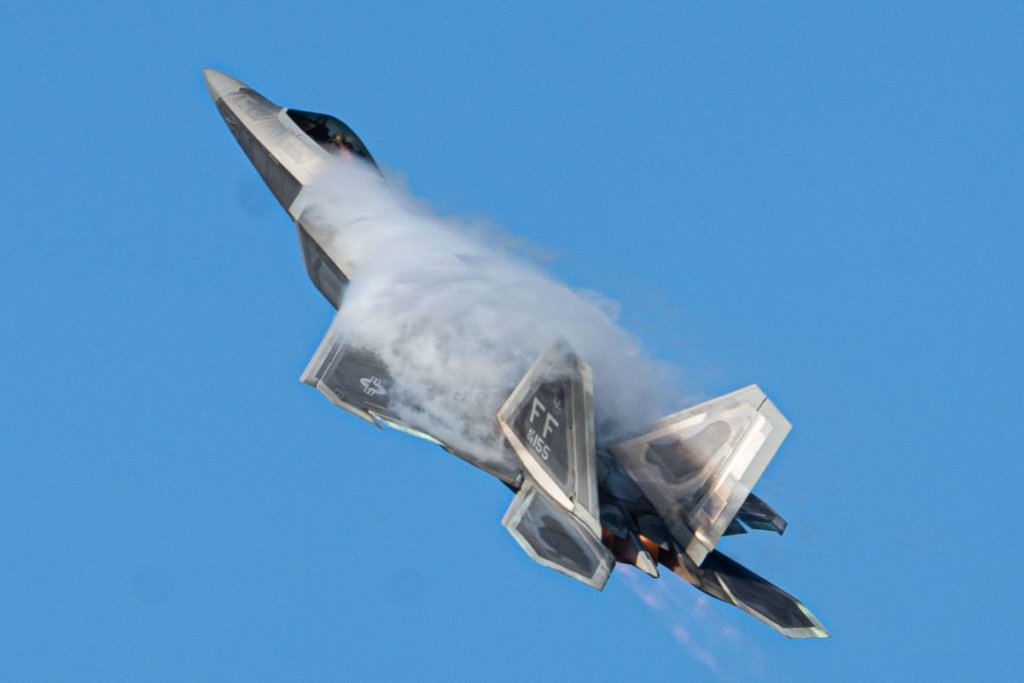
US military shoots down small object over Alaska (Image Credit: Space.com)
For the second time in less than a week, the U.S. military has blasted an intruder out of the nation’s skies.
A fighter jet took out a mysterious object just off the coast of northern Alaska at 1:45 p.m. EST (1845 GMT) on Friday (Feb. 10), Department of Defense officials said.
“The object was flying at an altitude of 40,000 feet [12,000 meters] and posed a reasonable threat to the safety of civilian flight,” Pentagon Press Secretary Air Force Brig. Gen. Pat Ryder said during a press briefing on Friday.
Related: Previous Chinese spy balloons over US were classified as UFOs: report
Friday’s high-altitude action comes just six days after an F-22 fighter jet shot down a Chinese spy balloon with a Sidewinder missile off the South Carolina coast. But there may not be a connection between the two downed objects.
The Chinese spy balloon was huge; its inflated envelope was about 200 feet (60 meters) tall, and the (presumably instrument-studded) truss structure that hung beneath it was the size of several school buses.
The object that was shot down over Alaska on Friday was “about the size of a small car, so, not similar in size or shape to the high-altitude surveillance balloon that was taken down off the coast of South Carolina on February 4,” Ryder said.
Ground-based radar detected the Alaska intruder on Thursday (Feb. 9), he added. Fighter jets subsequently investigated, confirming the object’s presence and altitude. U.S. President Joe Biden ordered the object to be taken out, and the military did so quickly.
“We have no further details about the object at this time, including a description of its capabilities, purpose or origin,” Ryder said.

Teams have already begun searching for pieces of the destroyed Alaska object, Ryder added. He also gave an update about similar efforts with the Chinese balloon debris, which landed just 6 miles (10 kilometers) offshore in water about 47 feet (14 m) deep.
“Recovery teams have mapped the debris field and are in the process of searching for and identifying debris on the ocean floor,” Ryder said, referring to pieces of the Chinese balloon. “Debris that’s been recovered so far is being loaded onto vessels, taken ashore, cataloged and then moved onwards to labs for subsequent analysis.”
Those teams, he added, “have located a significant amount of debris so far that will prove helpful to our further understanding of this balloon and its surveillance capabilities.”
Mike Wall is the author of “Out There (opens in new tab)” (Grand Central Publishing, 2018; illustrated by Karl Tate), a book about the search for alien life. Follow him on Twitter @michaeldwall (opens in new tab). Follow us @Spacedotcom (opens in new tab), or on Facebook (opens in new tab) and Instagram (opens in new tab).








